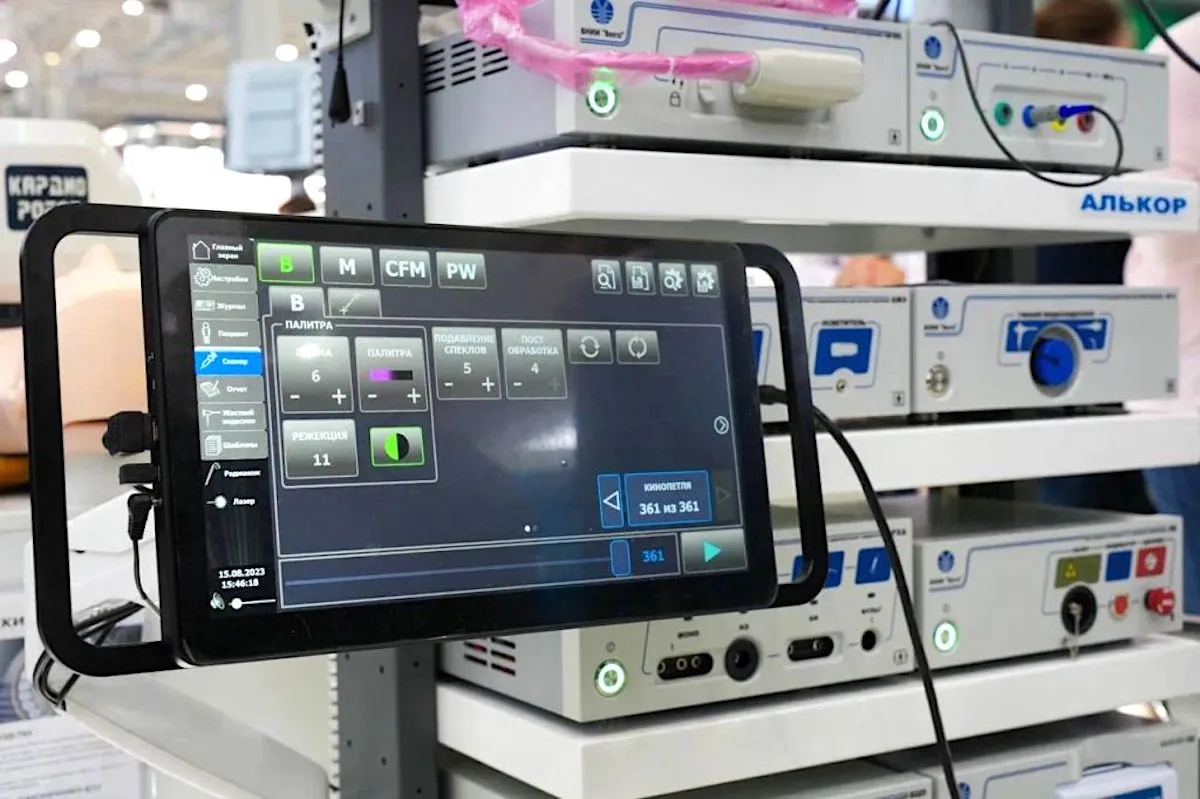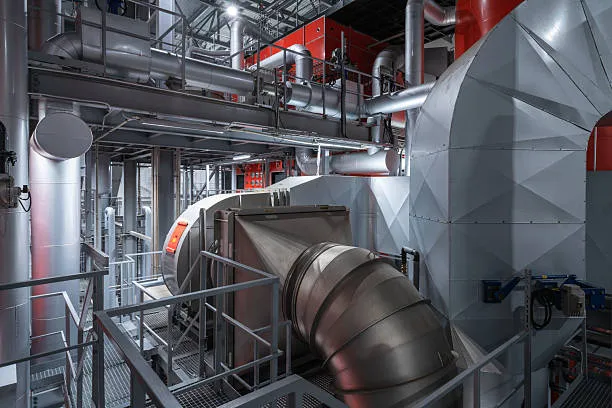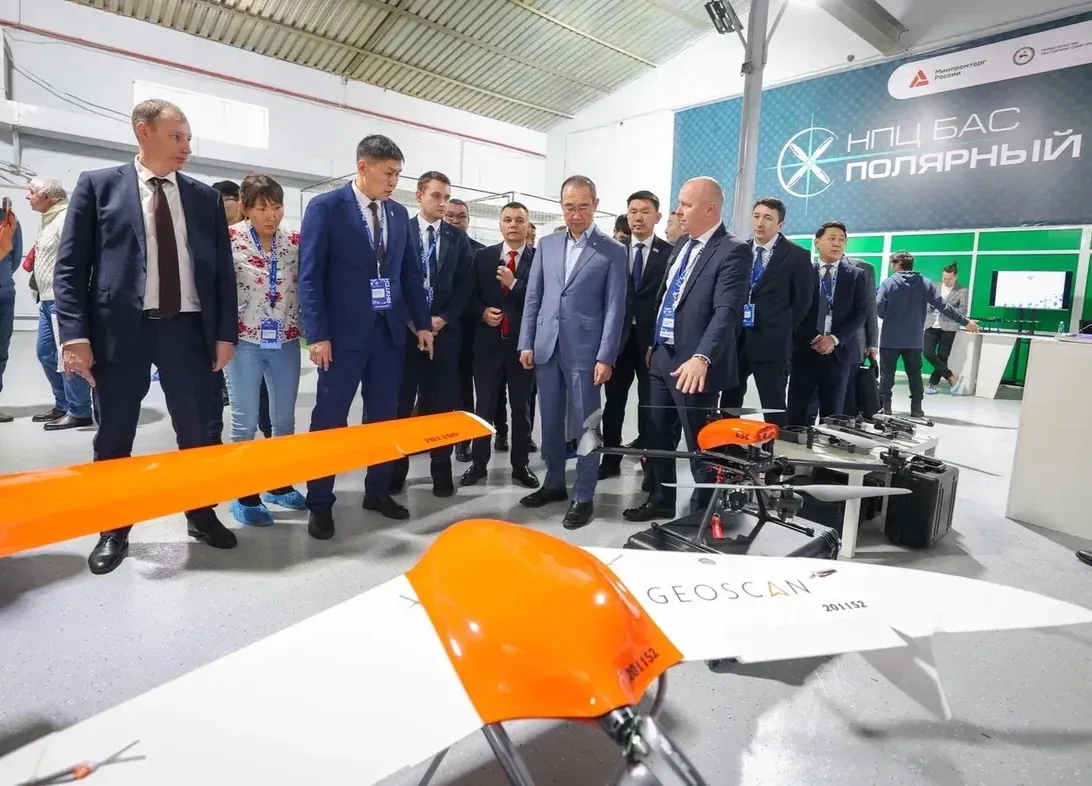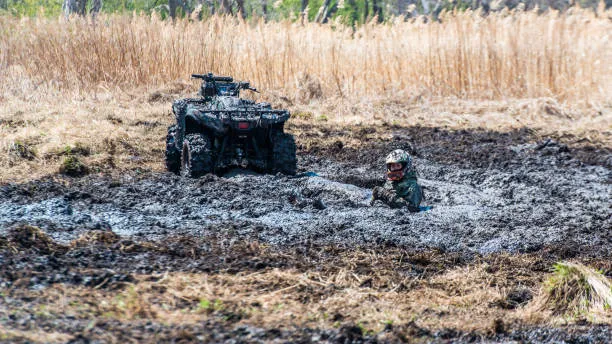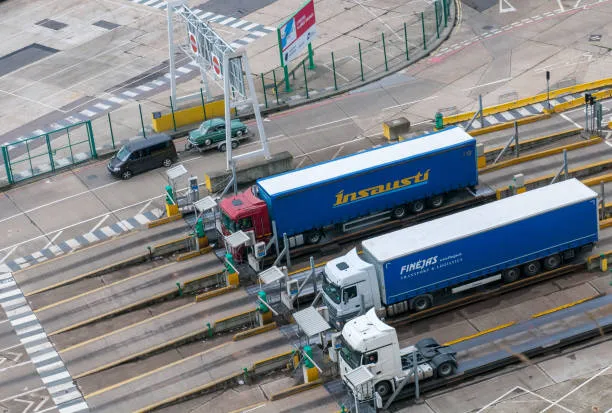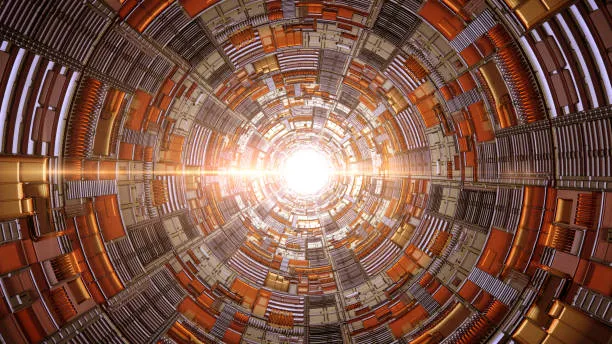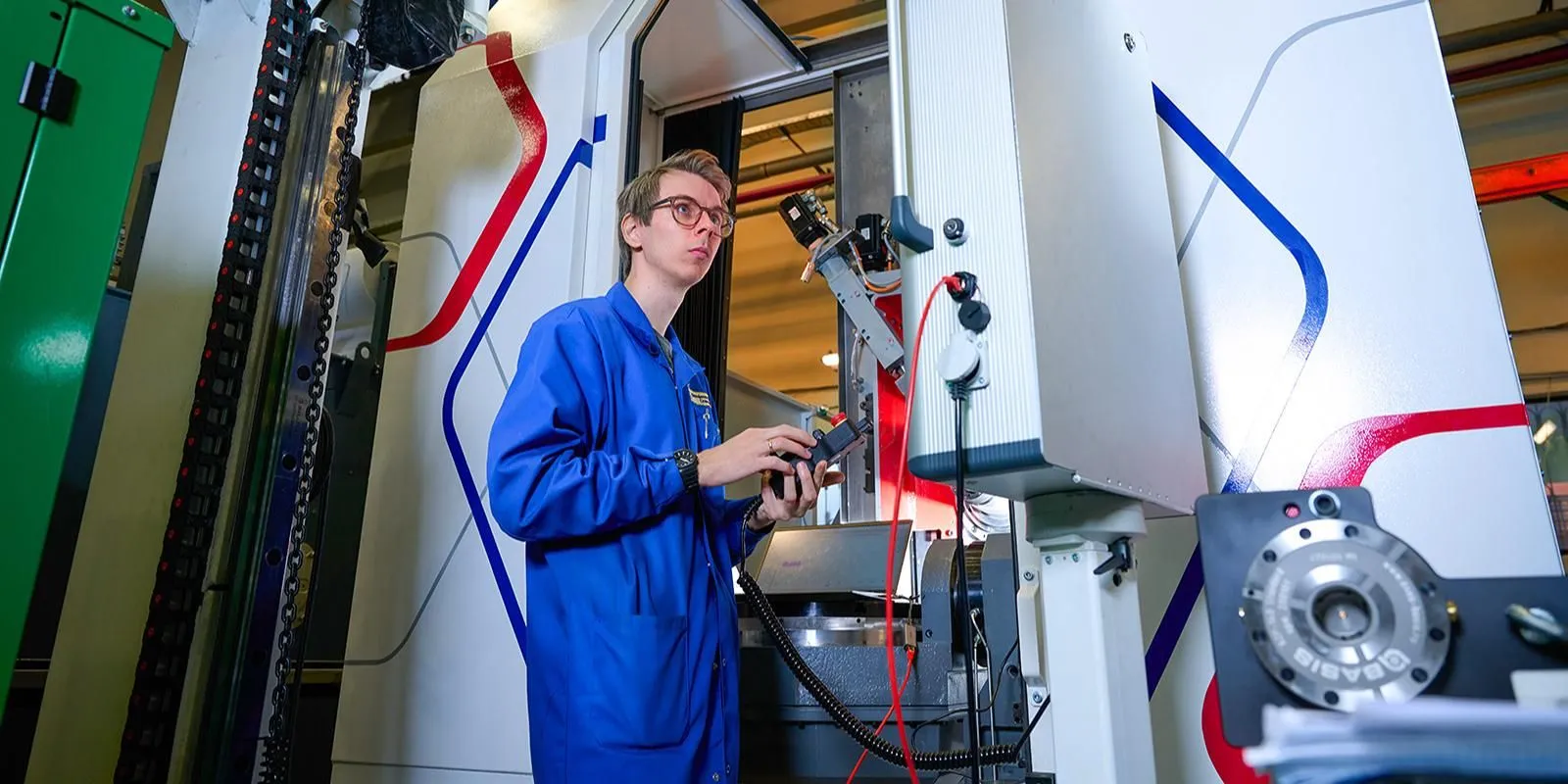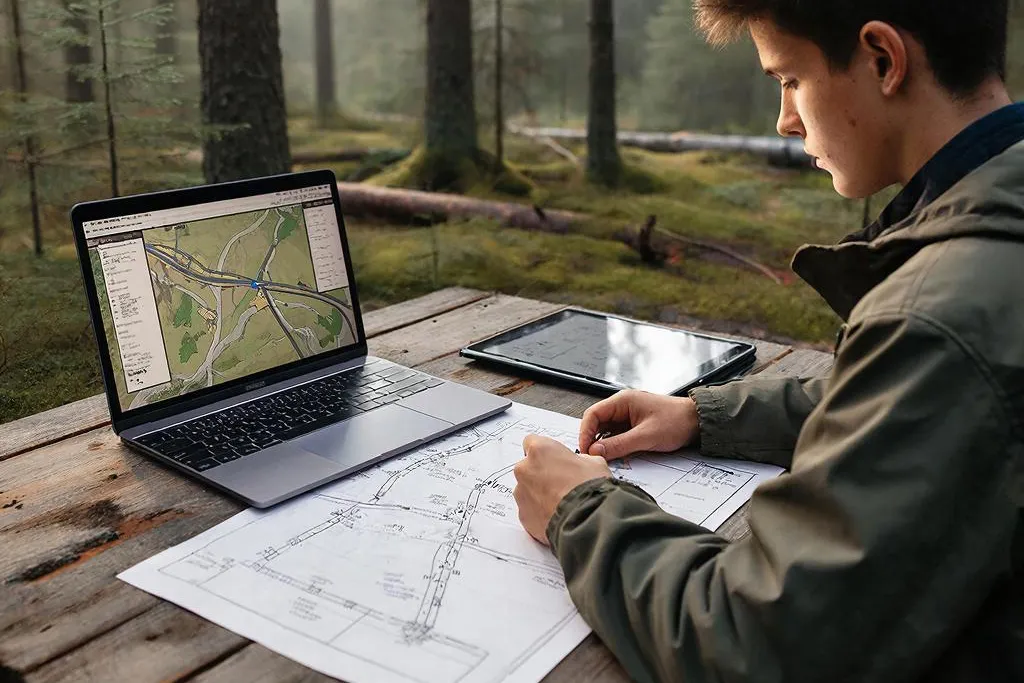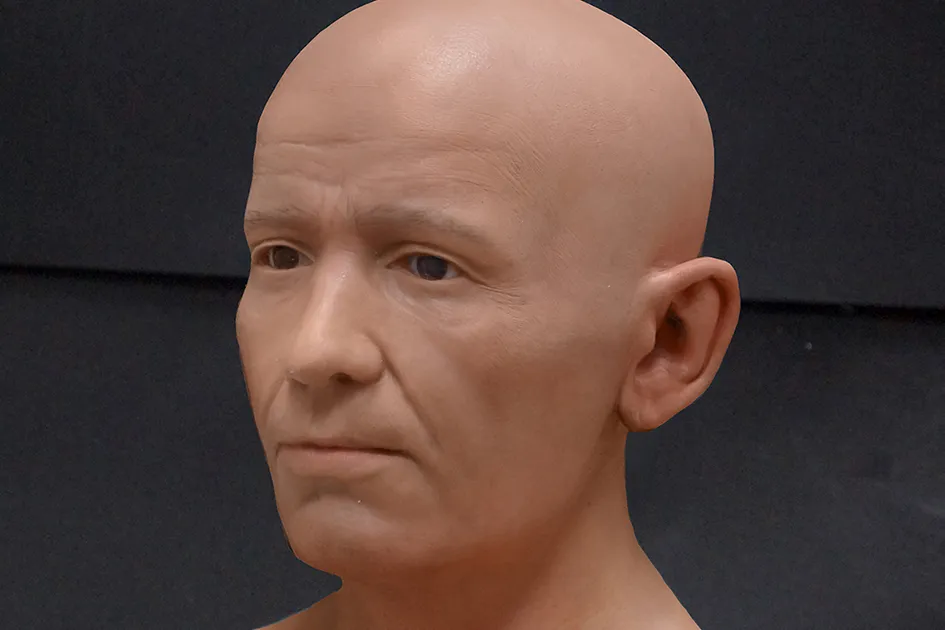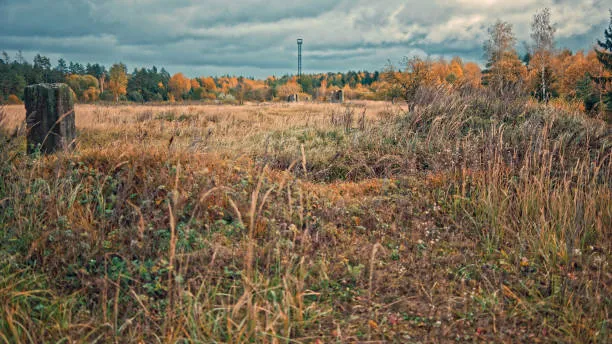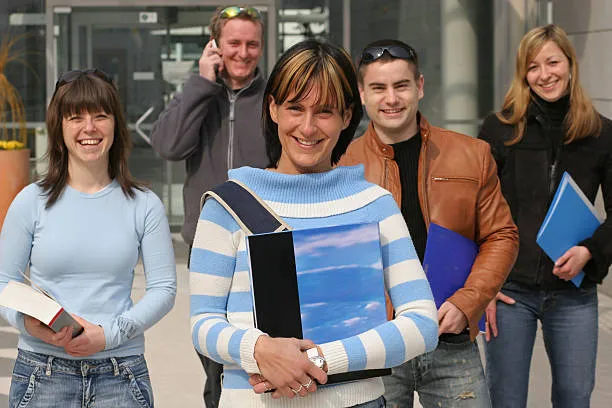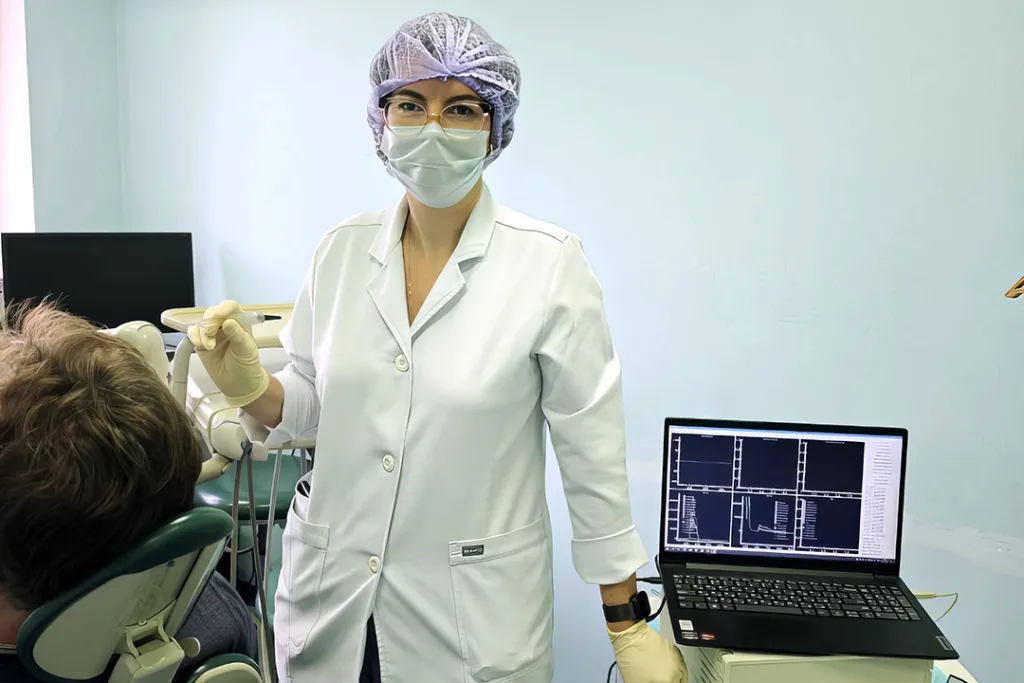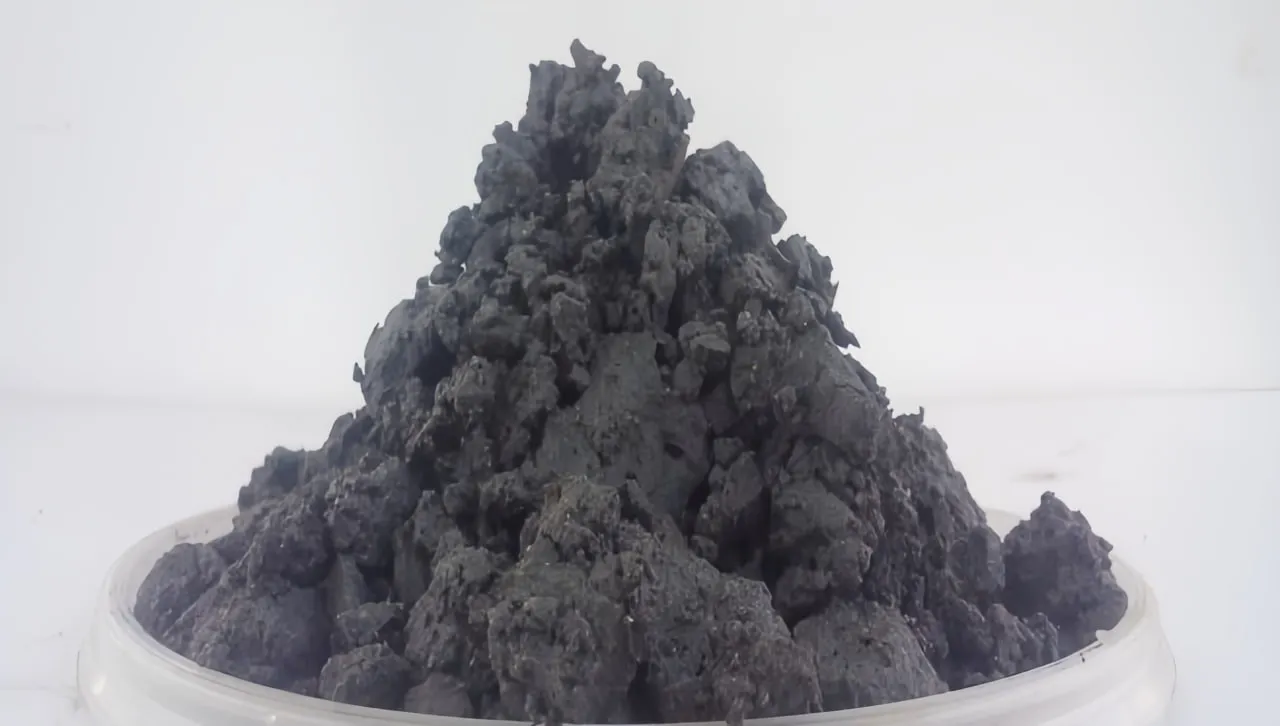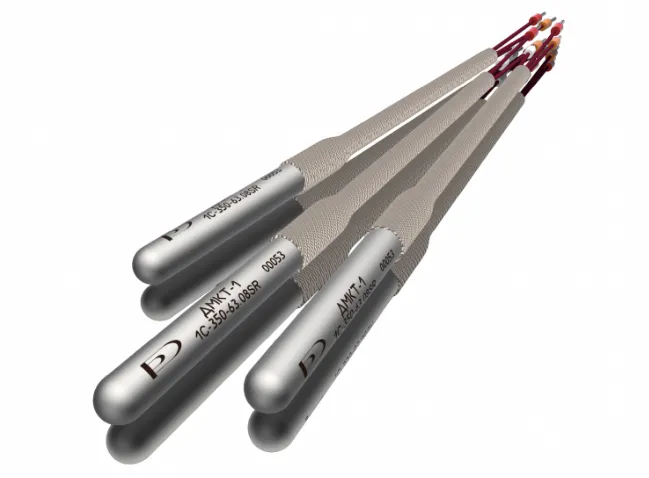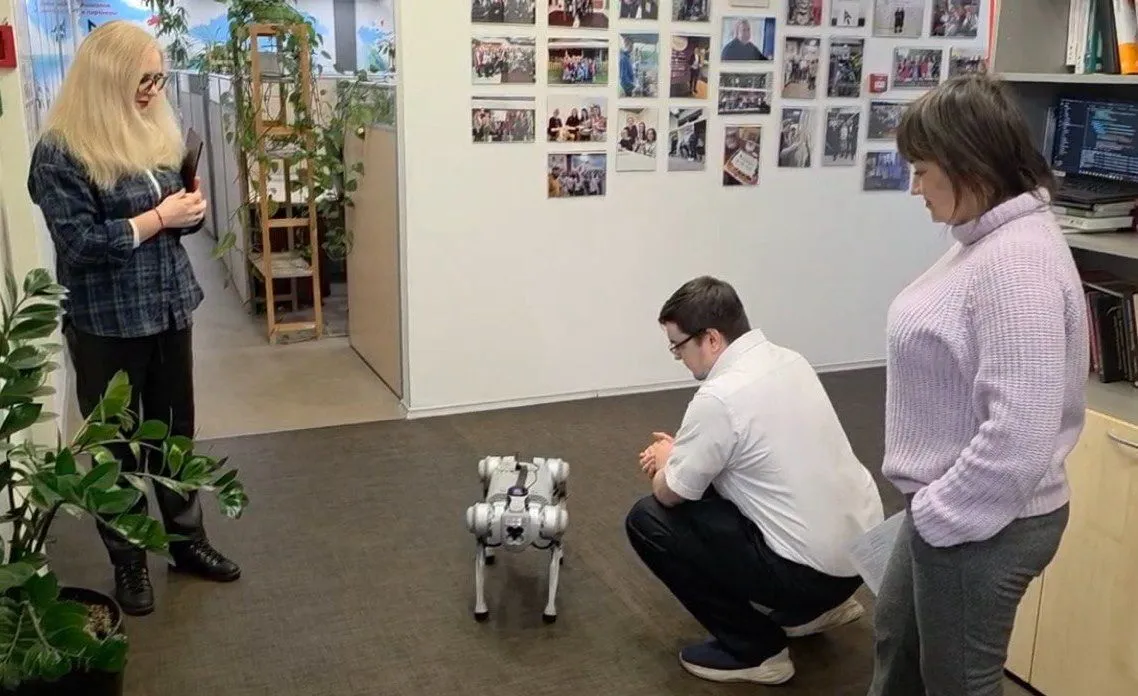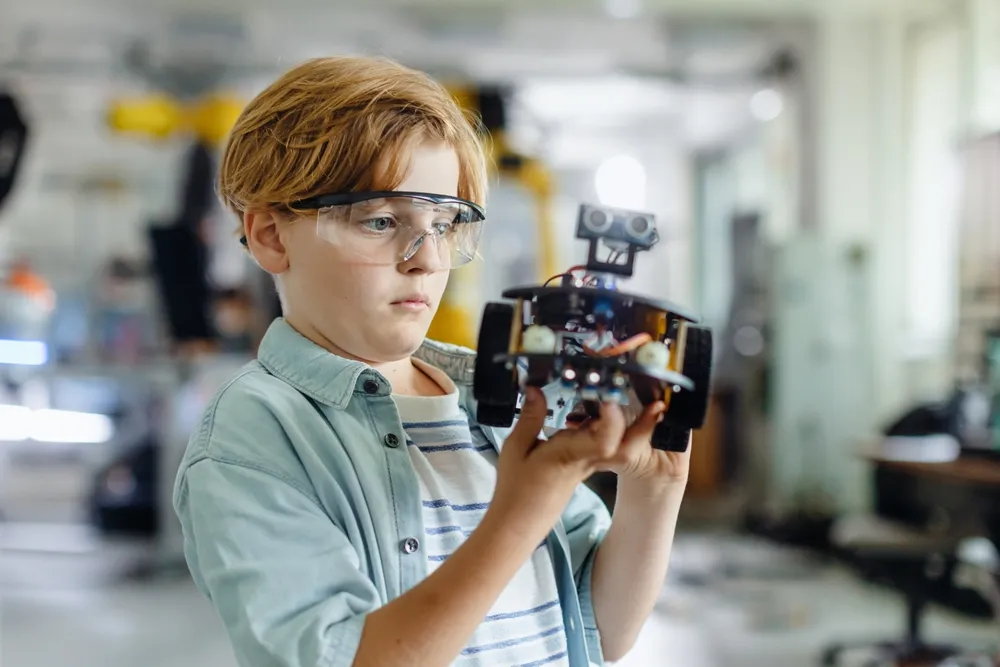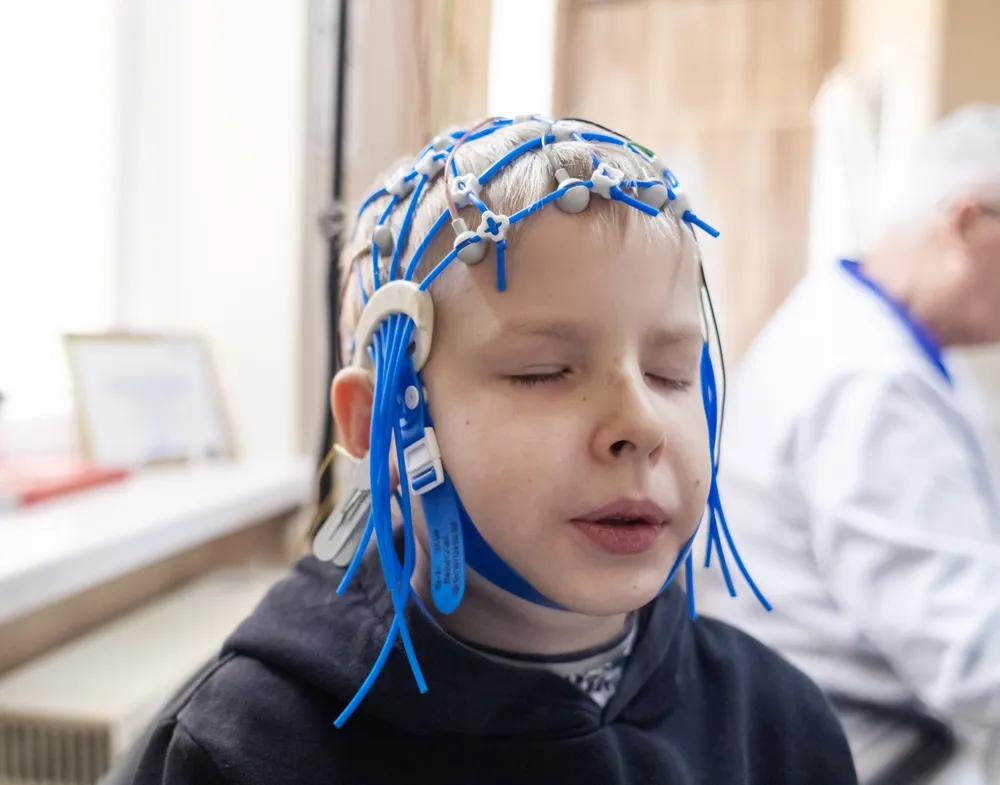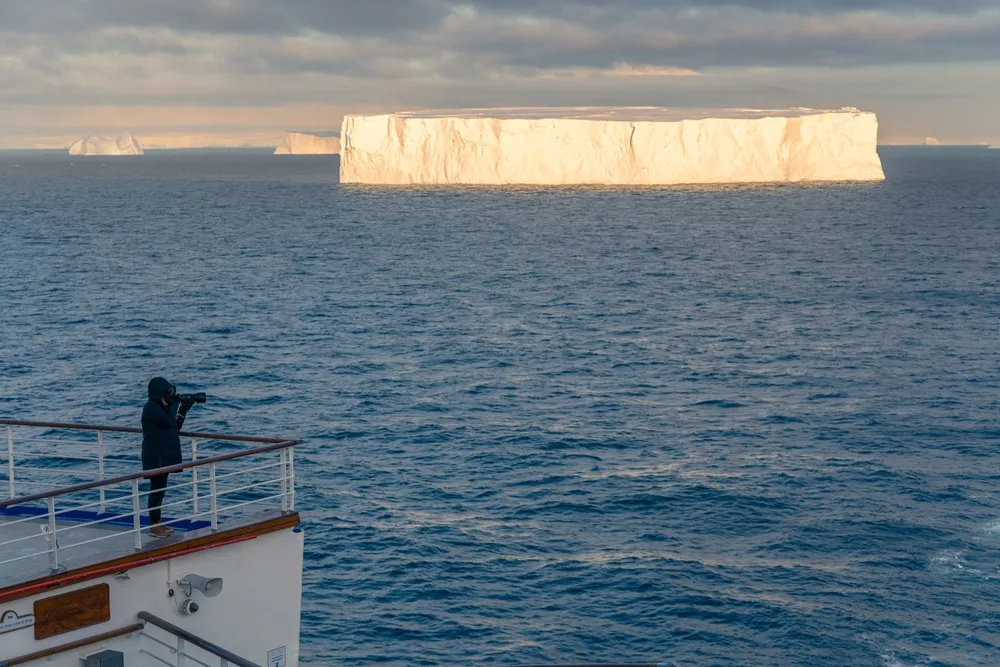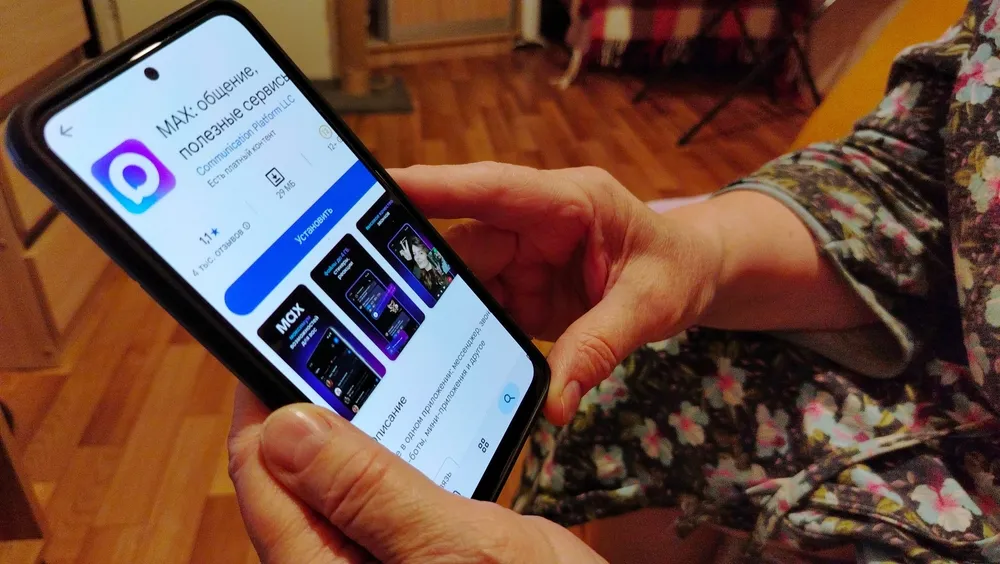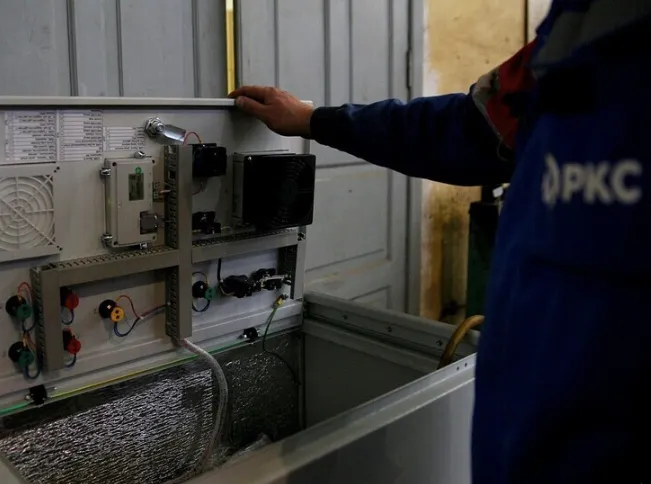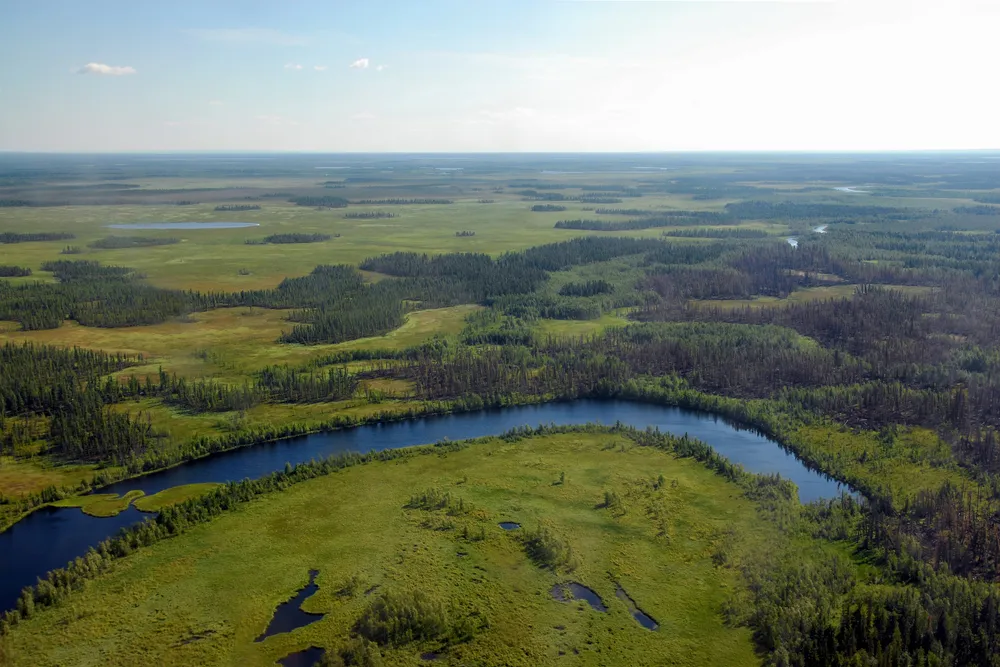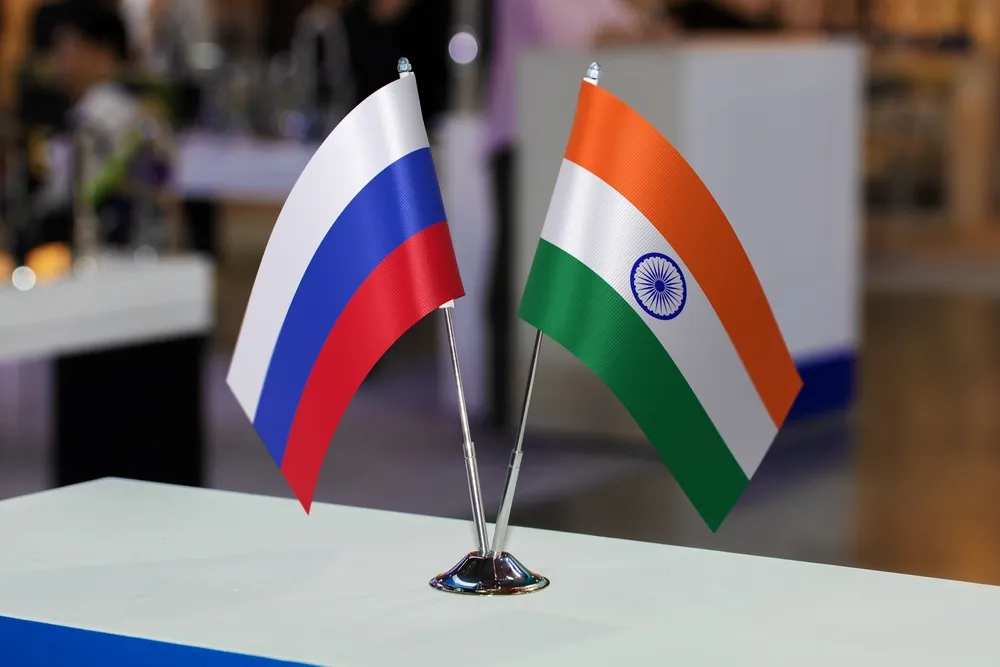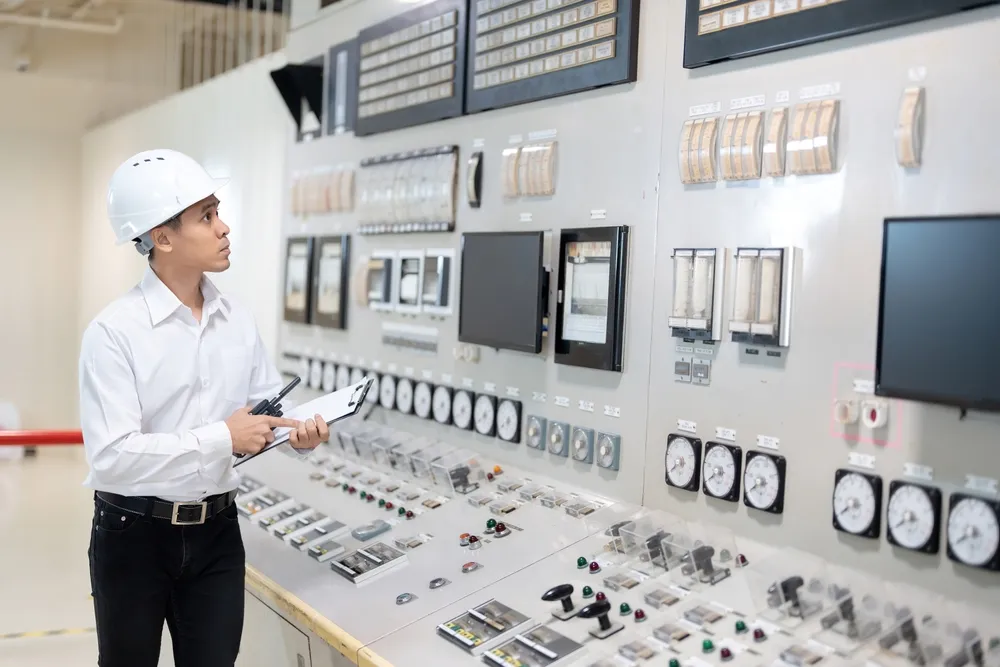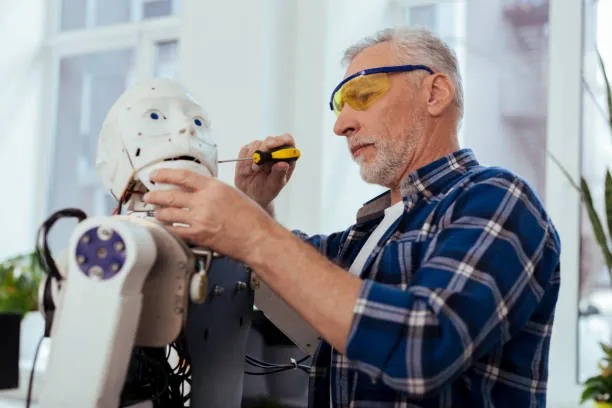Russia Rebuilds a Lost City in Digital Form
A team of researchers has recreated the prewar architecture of Rzhev using laser scanning, photogrammetry, and 3D printing — bringing a vanished city back to life.
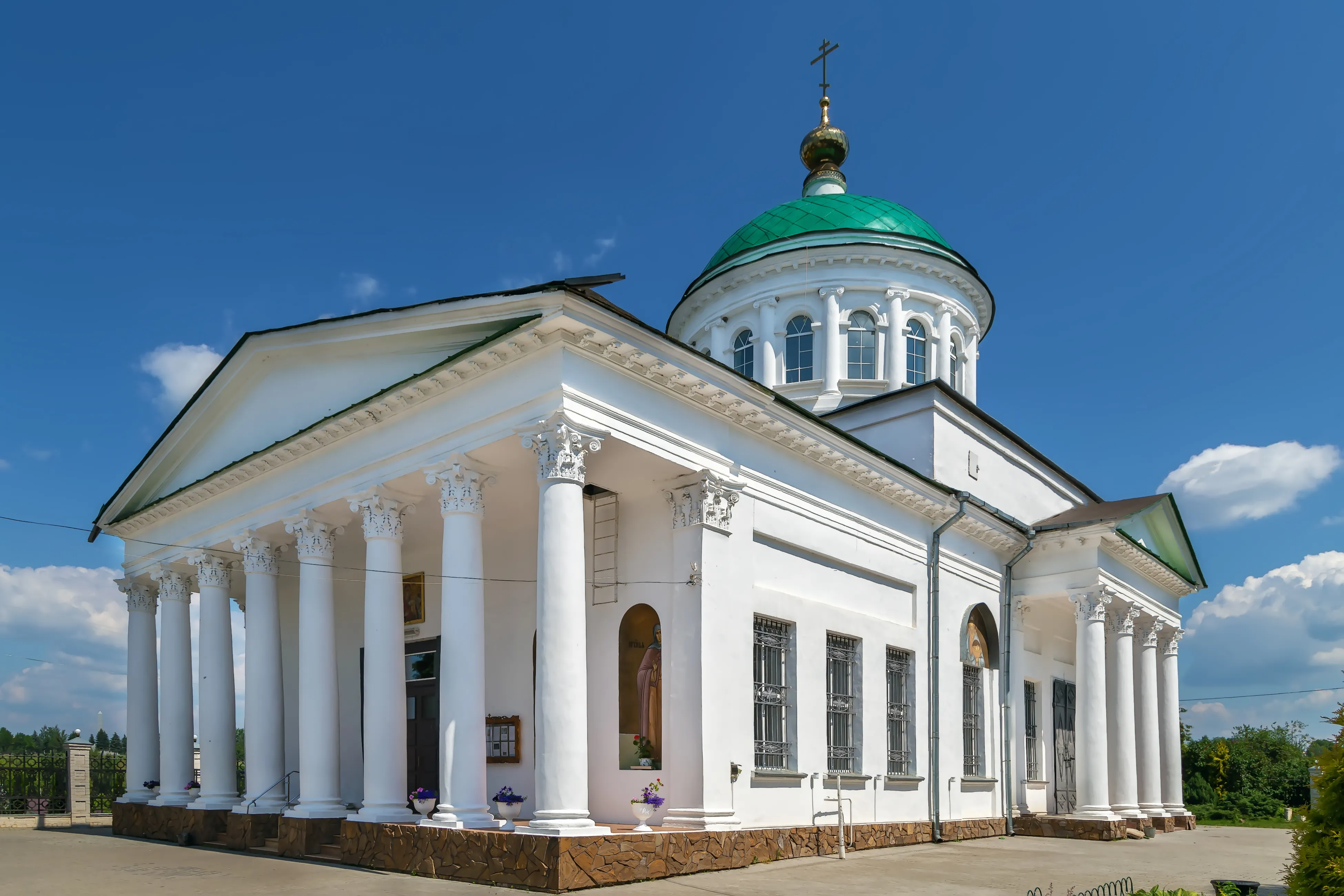
In the small Russian city of Rzhev, technology is helping rewrite history. A new museum has unveiled a 3D reconstruction of Rzhev as it looked in the late 19th and early 20th centuries, created from years of digital research and modeling.
The project took more than five years to complete. Researchers began by laser-scanning surviving historical buildings — a small number, since the city was almost completely destroyed during World War II. With few blueprints remaining, much of the reconstruction relied on archival photographs and careful digital analysis.
Using computer modeling and photogrammetry, the team built precise virtual replicas of old buildings before producing solid miniatures via 3D printing.
Preserving a City’s Cultural DNA
The museum’s director, Igor Safronov, said the goal was to preserve the city’s “cultural code” and inspire residents to reconnect with their architectural heritage. So far, about 60 percent of the digital city has been completed, with the rest still under construction.
The Rzhev project is part of a wider movement in Russia’s cultural sector to use digital and immersive technologies — from VR exhibits to AI-driven art — to make history more accessible and engaging for new generations.




